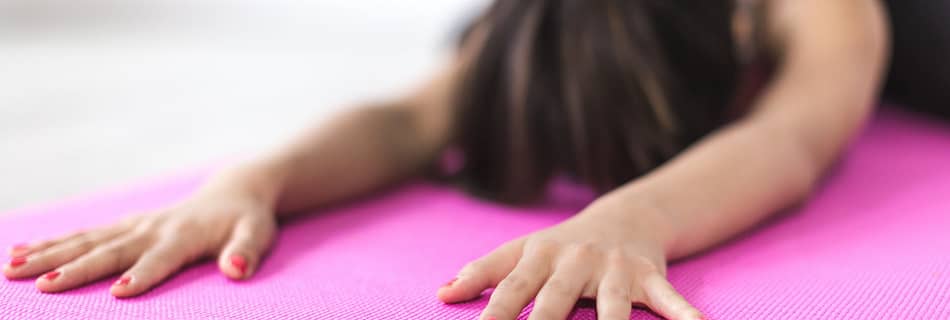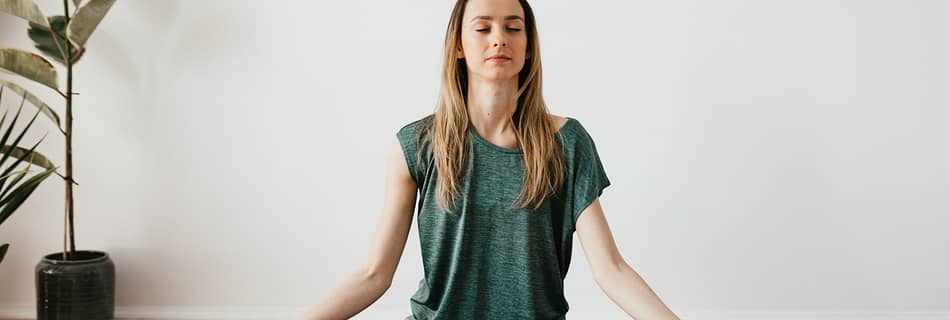By Kelly Ravenscroft, LICSW, RYT What is meditation and yoga Meditation and yoga are both mind-body practices that can help you to relax and gain a deeper sense of wellbeing. Meditation tends to help the mind relax, while yoga tends to help the body relax. Meditation is usually a sitting practice, but it can also involve movement such as slow deliberate walking. On the other hand, yoga primarily involves movement but can also incorporate meditation, usually towards the end of the practice. Since yoga can include meditation and meditation can include movement, it seems only natural that the two practices would eventually find each other and merge together. What is mindfulness Mindfulness is a type of meditation that helps the mind to focus and become more aware of the present moment. Specifically, mindfulness is concerned with cultivating a nonjudgmental compassionate awareness with an emphasis on body sensations, emotions, and thoughts. Mindfulness is learning how to be present with whatever is happening in the moment without trying to avoid unpleasantness like fear, anger, sadness or trying to cling to pleasant sensations like happiness, joy, and excitement. Many people find that they mostly live in their heads and pay very little attention to what is happening in their bodies. Mindfulness teaches a person how to become attuned to the body and pay attention to what is happening in the present moment instead of becoming distracted and absorbed by thoughts. Understanding mindful yoga Typically, mindful yoga is a slower practice with an emphasis on noticing body sensations, habitual thinking patterns, and emotions. It is not about striving for perfection or trying to make your body look a certain way in a pose. There is more emphasis on accepting the body rather than getting frustrated that you cannot do the full expression of a posture. Its more about noticing how a pose feels rather than focusing on how it looks. The difference between yoga breathing and mindful breathing Yoga breathing techniques are breath control practices that involve a person breathing in a particular way e.g.: trying to breath deeper, quicker, slower, or in a particular rhythm. In Mindfulness you never control the breath, instead you simply observe its natural rhythms. Typically, an instructor might give a cue to notice qualities of the breath like, is the breath short or long, choppy or smooth. There may also be a prompt to notice breath sensations such as air passing in and out of the nostrils, or the rising and falling sensations of the breath in the torso. Learning to switch from breath control practices to observing the natural rhythms of the breath can be challenging and require patience. What happens in a mindful yoga class? The postures in Mindful Yoga are usually simple because there is an emphasis on noticing what you feel. There is also an emphasis of slowing down since it can be harder to notice sensations when you are moving at a faster pace. A teacher might ask you to notice if you are experiencing the posture as pleasant or unpleasant, or if the posture is generating warmth or coolness. If you are in a difficult posture like chair pose, the instructor might guide you to notice what is happening with your breath. Typically, if you are in a challenging posture you might notice that the breath will become constricted, shallow, rapid or you might stop breathing all together. If you are in a pose that is less challenging you might observe the breath to be smoother, longer, or more relaxed. In addition to sensations, there is an emphasis on recognizing habitual thinking patterns such as striving and comparing. For instance, if you are always striving in your personal life, then you might notice that striving is also showing up in your yoga practice, e.g.: are you trying to force yourself to go beyond your bodies limits rather than accepting how your body is in the moment, or are you comparing yourself to others. As you practice mindfulness you begin to recognize these habitual thought patterns and when they are noticed you can simply recognize them as thoughts and redirect your attention back to the present moment. Conclusion Mindfulness and yoga have a lot in common. They naturally complement one another, as one helps the mind to relax and the other helps the body to relax. Combining the two practices into one can really enhance and deepen their benefits. Mindful Yoga teaches you to slow down and be more present, aware, and compassionate in your life. If you are new to yoga or want to deepen your yoga or meditation practice, then mindful yoga is definitely worth exploring. About the author: Kelly is a registered yoga teacher with Yoga Alliance. She teaches meditation at Cultural Society. You can find her meditation course offering here and her full bio here. At Cultural Society, we offer yoga classes by themes. We address a special aspect of your health each month. The Small Group Yoga offers continuous coaching based on the needs of the small group of participants. It is also available for the public to join. Check it out here.



